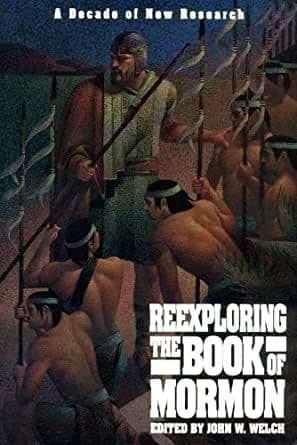Book
85 Chapters

2 Nephi 5:16 “And I, Nephi, did build a temple.”
Several studies have recently demonstrated that kings and temples were closely connected in antiquity. Building (or renovating) a temple was an integral part in the legal formation of states and societies in the ancient Near East.1
Becoming a king, issuing laws or judgments, and performing many other acts of legal consequence in the ancient world were virtually unthinkable without a temple in which such acts could be solemnized in the presence of a god. A new king would announce interim legislation establishing himself as a king of justice (as in 2 Nephi 5:10), but as soon as possible in the first decade of his rule, “the king builds, renovates, or rededicates the main temple of his city, at which time the fuller version of the laws is decreed and elaborated into a stele by royal scribes.”2
Temples were similarly prominent in the royal and legal landscapes of Nephite civilization. This invites the observation that Nephi’s construction of a temple in the city of Nephi directly paved the way for him, two verses later, to become king (see 2 Nephi 5:16-18). Similarly, Mosiah II’s coronation in the city of Zarahemla (see Mosiah 1:9-6:3) and Jesus’ giving of the new law in Bountiful (see 3 Nephi 11-18) both took place at temples.
On such occasions in antiquity new kings would typically (1) cite their divine calling, (2) issue new laws, (3) ordain officers, (4) erect monuments, and (5) enter into a new legal order by way of covenant with a ritually prepared community.3 Similar elements were present on several occasions in the Book of Mormon. Consider Nephi’s account of the beginning of his reign:
1. Nephi established his legitimacy as ruler and teacher by citing the earlier promise given to him by the Lord that God had chosen him to be a ruler (see 2 Nephi 5:19; quoting 1 Nephi 2:22).
2. A new law was then issued that no Nephite should intermarry with the Lamanites. The penalty for anyone who might break this law was affliction with a curse (see 2 Nephi 5:23). This New World prohibition compares to the similar law given to the Israelites at the time of their conquest in the Old World: it prohibited them from intermarrying with the Canaanites (see Deuteronomy 7:3-4).
3. Nephi consecrated Jacob and Joseph to be priests and teachers (see 2 Nephi 5:26). An essential part of the accession of each new ruler was the installation (or reappointment) of priests and administrators to rule under the new king (see also Mosiah 6:3; 3 Nephi 11:21-22).
4. God next instructed Nephi to make a new set of plates (see 2 Nephi 5:30). The sequence of events here suggests that the Small Plates of Nephi were made in connection with the coronation of Nephi. Accordingly, they served as the “tablets of the law,” or the pillar or stele that were traditionally set up as a monument to the creation of the new king’s order. Nephi wrote on these plates things that were “good in [God’s] sight, for the profit of [his] people” (2 Nephi 5:30). In addition to the religious purposes that these plates primarily served, they also acted as a founding constitutional and political document, as has been discussed by Noel Reynolds.4
5. Finally, the new legal order was traditionally submitted by way of covenant to a “ritually prepared community.” 5 Significantly, Jacob’s ensuing speech is a covenant speech: “I have read these things that ye might know concerning the covenants of the Lord” (2 Nephi 9:1). Jacob’s purpose was to purify the people, to shake his garments of all iniquities and have his people turn away from sin (see 2 Nephi 9:44-45), to motivate them to act for themselves—”to choose the way of everlasting death or the way of eternal life” (2 Nephi 10:23). His words compare closely with the covenant text of Joshua 24, where the Israelites were given the same choice as they established their new religious and social order under Joshua.
As Lundquist asserts, covenant ceremonies at temples were essential to the successful creation of ancient states. For a charismatic figure to merely become king did not assure or perpetuate the state. Without inward commitments and outward symbols of the temple, Nephi’s little community looked like a mere splinter group, lacking divine and social sanction. With these observances, however, they laid an enduring foundation for the reign of Nephite kings for over four hundred years to come.
Based on research by John M. Lundquist and John W. Welch, November 1991.
Book
85 Chapters
Items in the BMC Archive are made publicly available for non-commercial, private use. Inclusion within the BMC Archive does not imply endorsement. Items do not represent the official views of The Church of Jesus Christ of Latter-day Saints or of Book of Mormon Central.